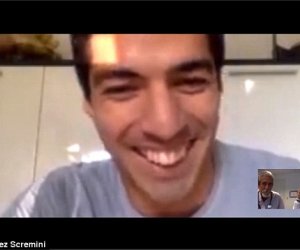"We`re growing brains outside of the body`
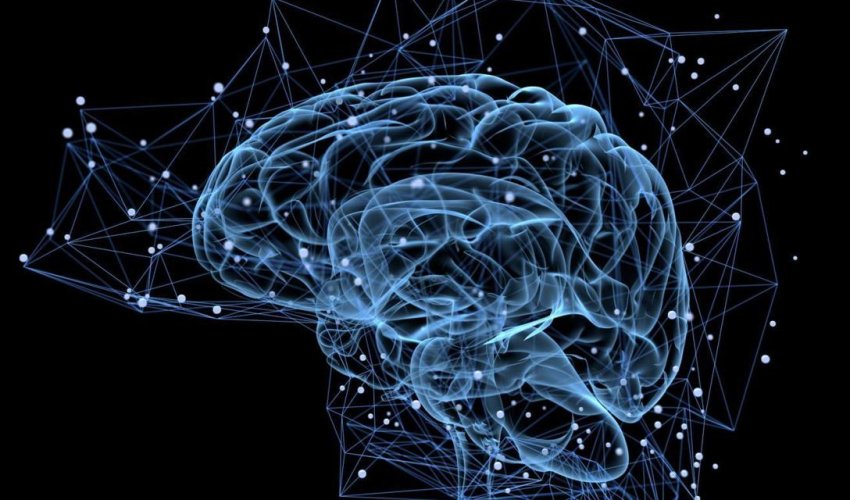
As she speaks, Madeleine Lancaster rests her hand on her pregnant belly. "Oh they’re about six or seven months along now”. At this point her progeny measure about four millimetres across. She’s growing a few hundred, and each has around two million neurons already.
Fortunately, she’s not talking about an enormous brood of unborn babies – though she is expecting one normal human. No, this scientist is referring to a batch of developing human brains.
We’re in the MRC’s brand new molecular biology lab in Cambridge – a sprawling warren of glass-fronted laboratories, space-age equipment and hallways which seem to stretch for miles. It’s not secret or underground, but the £212m building is home to a number of futuristic projects worthy of their own Hollywood movie.
In her own small corner of this research utopia, Madeleine’s team is at work on a task so absurd it seems more wizardly than scientific: they’re transforming human skin into brains.
"The brains develop in the same way you would see in an embryo,” says Madeleine. This may be true, but their surroundings are rather different. In place of a womb, the disembodied brains are raised in giant incubators. Without a blood supply they are fed with a nutrient-rich fluid which is refreshed every few days. And, of course, they don’t have an immune system: everything – everything – which comes into contact with them must be disinfected first with alcohol.
When she opens the incubator door – well, I have to admit they don’t look as impressive as I’d imagined: insipid, watery blobs floating in a pool of pale pink liquid. They look more like bits of waterlogged popcorn than powerhouses of intellectual ability.
But their looks are deceiving. In fact these "cerebral organoids”, as they have been christened, are strikingly similar to the brains of ordinary people. Just like any other brain, the organoids are divided into grey matter – which is made of neurons – and white matter, a fatty tissue composed of their spindly ‘tails’.
And just like regular brains, each is composed of specific regions. There’s the wrinkled cortex (thought to be the seat of language and conscious thought) the hippocampus (the centre of emotion and memory), the ancient, muscle-coordinating cerebellum, and many, many others. In all, they are equivalent to the brains of nine-week-old foetuses.
So how are they made?
In fact, making a brain isn’t as difficult as you might expect. With a few simple ingredients – and an unquenchable enthusiasm for drenching things in alcohol – you too could have a miniature brain in a matter of months.
First off, you’ll need some cells. Lancaster’s team took theirs from samples of donated skin but, somewhat disconcertingly, to make this masterpiece of human evolution you could start with any cell type – be it nose, liver, or toenail.
Only stem cells are able to develop into all the body’s tissues, so next you’ll need to turn your cells into some of those. For this, the team used a kind of cellular youth serum, a protein cocktail which can rewind the clock and turn any cell back into an embryonic-like state.
After about a week of growth, you should end up with a sheet of cells which can be scraped off the petri dish and moulded into a ball.
Lancaster takes out what looks like an empty dish of pink liquid. "You can see them in there – they are tiny at this point,” she says. Sure enough, each well contains a white dot about the size of a comma. "They kind of want to become an embryo,” she says. (Watch the video below to see more.)
Eventually each stem cell will begin to specialise, turning the uniform balls into a jumble of different cell types. Among them will be brain cells.
To begin with, the researchers are doting parents, keeping their embryos fed and encouraging them to continue to grow. But they aren’t spoilt for long. Next the balls of cells are transferred to a new dish, this time with very little food. As the cells begin to starve, most of them will die off, leaving only the brain cells behind. "They are really robust – I don’t think anyone knows why,” she says.
Finally, the developing brains are enveloped in a blanket of jelly. "It’s the opposite of normal jelly – it starts off as a liquid which you pour on and it jellifies as it warms up in the incubator,” she says. The jelly mimics the tissue a brain would normally be surrounded with in an embryo – like a makeshift skull – and encourages them to develop relatively normally.
Then all you have to do is sit back and wait. Three months later, the finished product is about four millimetres across and contains around two million neurons. "A fully developed, adult mouse brain only contains four million, so you can do a lot with that number,” she says.
The brains are constantly buzzing with electrical activity as neurons zap off signals to one another – though Lancaster says this isn’t much of an achievement on her part. "It’s not very special but it does tell us that we are making functional neurons and that they are acting like neurons,” she says.
She compares it to the heart cells which scientists coaxed to beat inside a petri dish back in 2013; while heart cells are programmed to "want” to pump, neurons "want” to fire. "Even if you have a neuron by itself in a dish with no other neurons, it wants to fire so badly that it will connect to itself in order to fire,” she says.
(BBC)
www.ann.az


























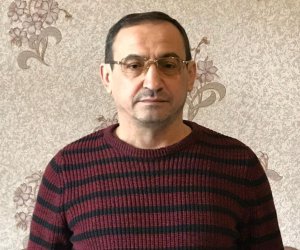




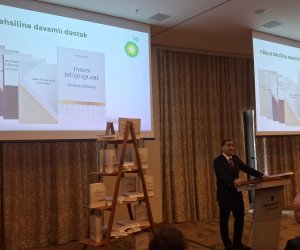




 Photo
Photo 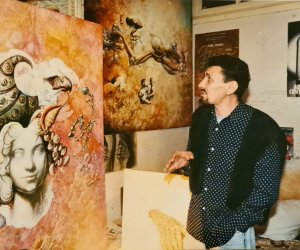



 Video
Video 
